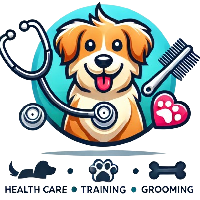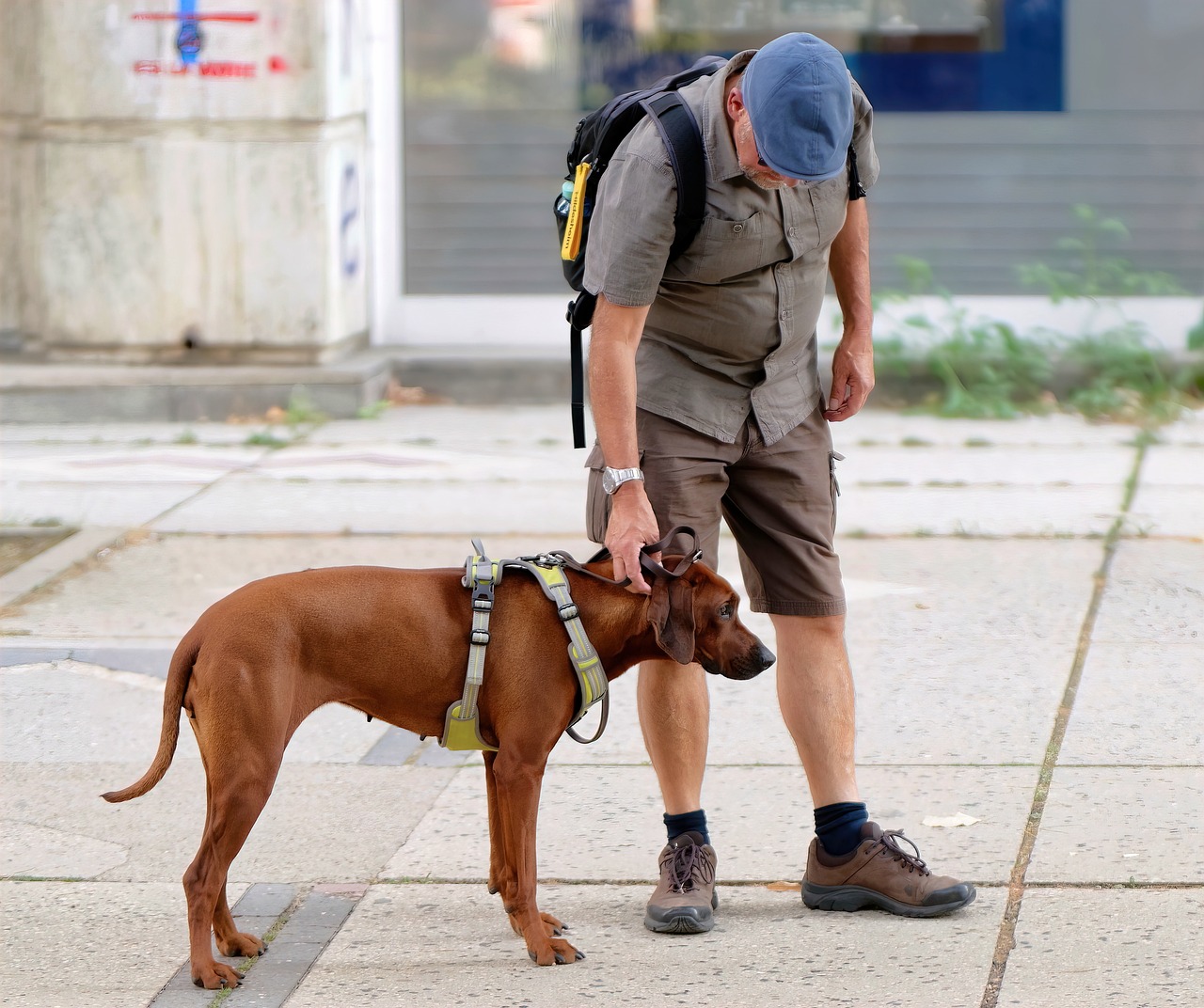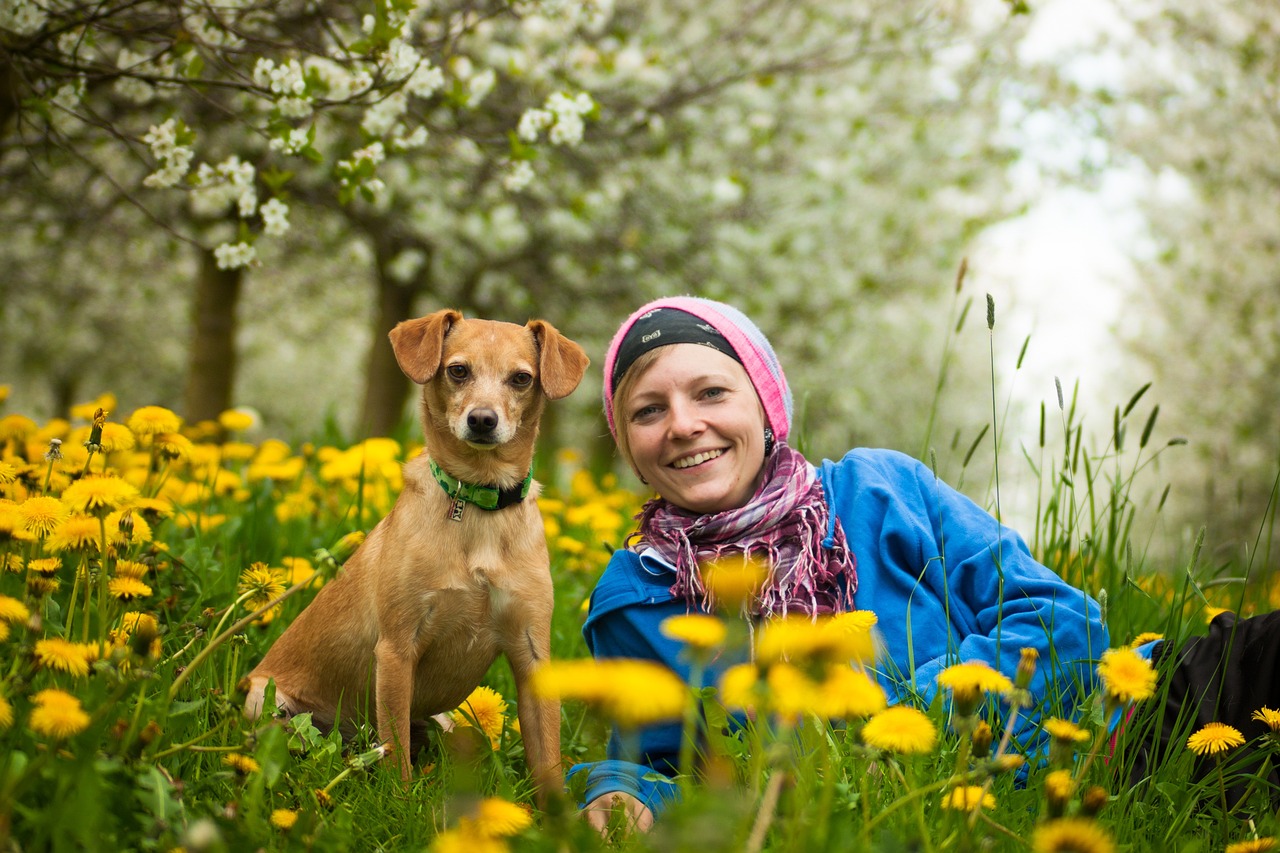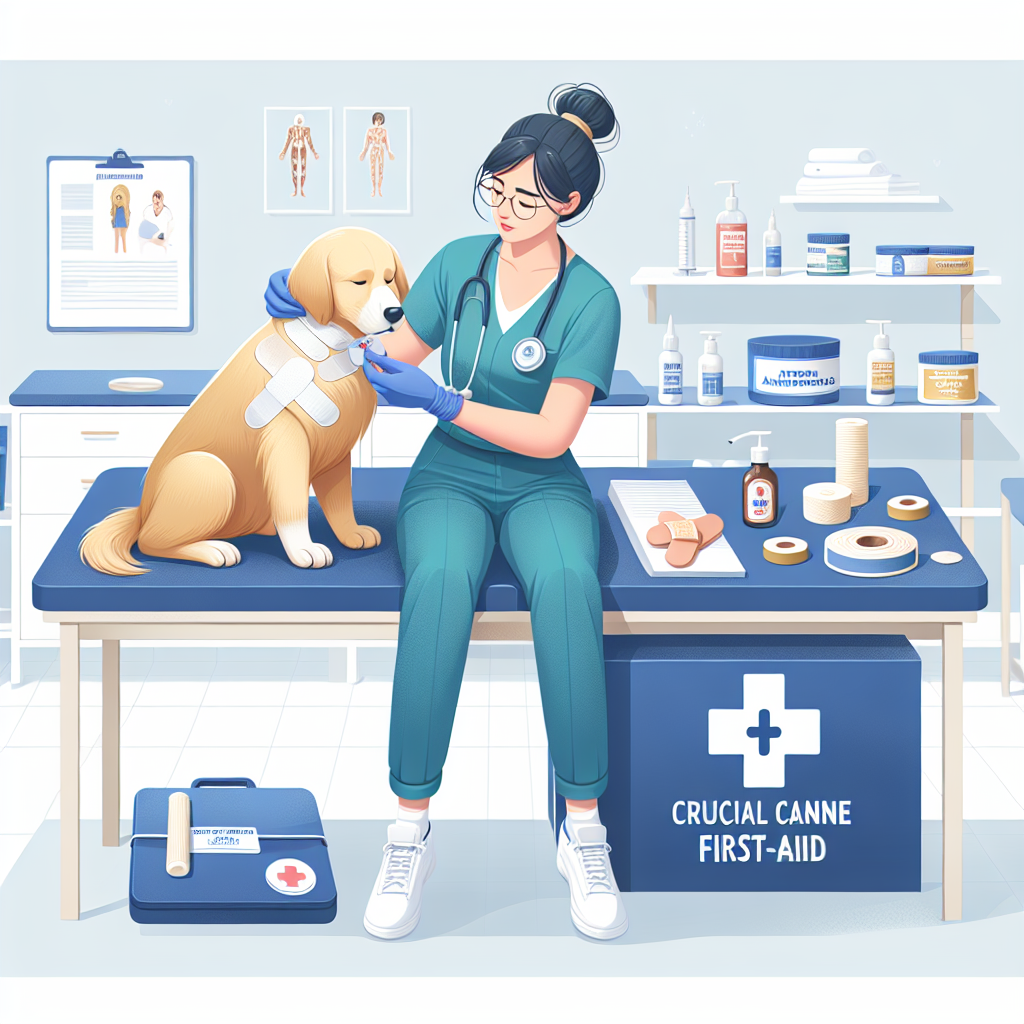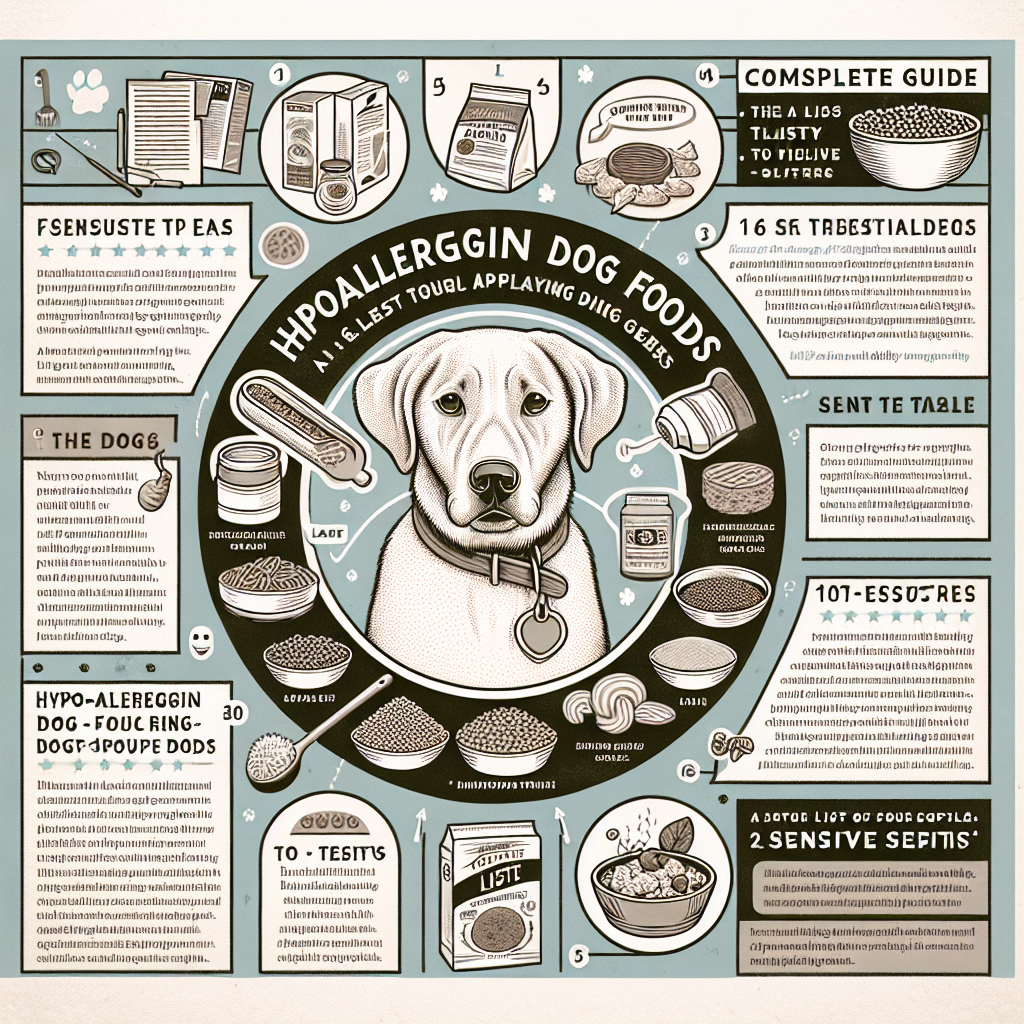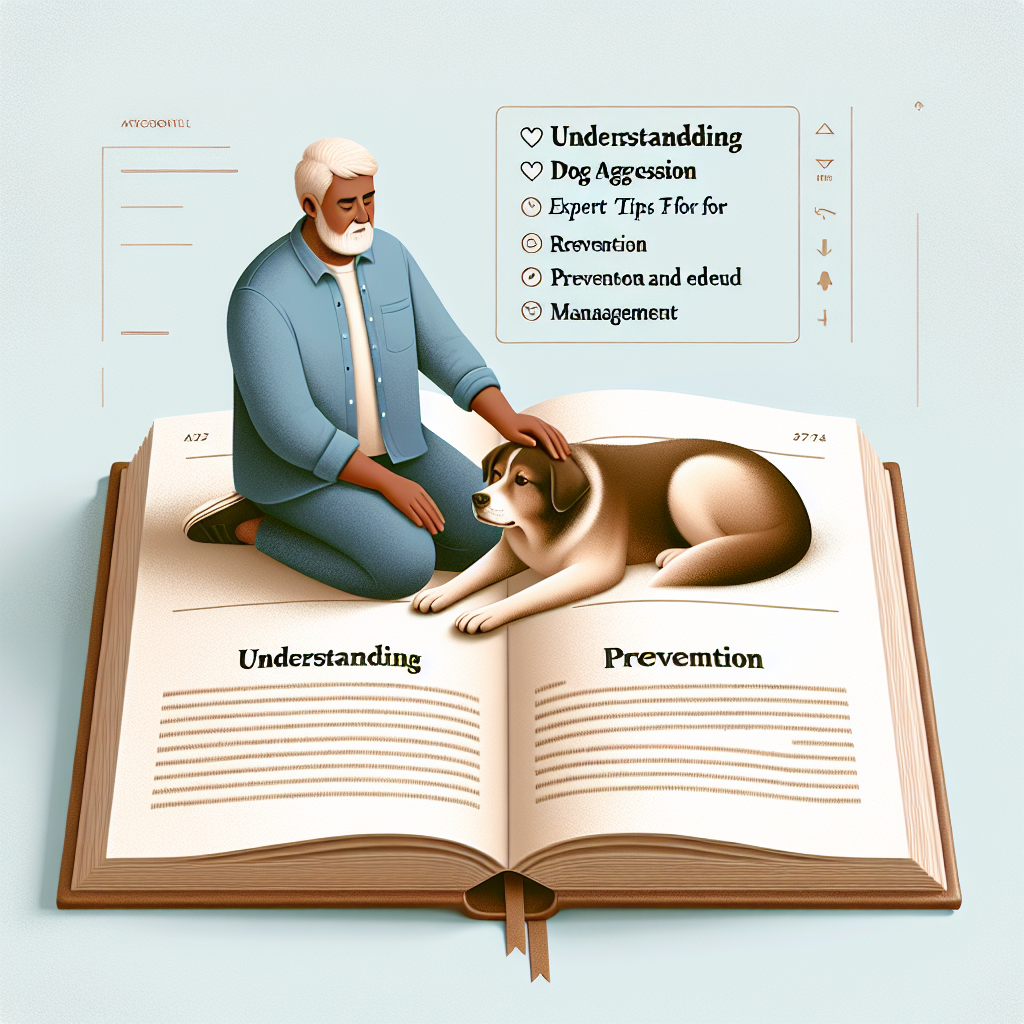
Dog aggression is one of the most misunderstood and feared behaviors in canines. This complex issue can originate from a variety of causes, including genetics, environment, and health problems. Understanding aggression in dogs from a holistic perspective is crucial for prevention and effective management. This article delves into the types of dog aggression, their causes, preventive measures, and expert strategies for management, ensuring that dog owners and canine enthusiasts are well-equipped to handle this challenging behavior.
Types of Dog Aggression
Understanding the different types of dog aggression is the first step in addressing the issue. Here are some of the most common forms:
-
- Fear Aggression: Dogs may exhibit fear aggression when they feel threatened or scared. Typical behavior includes growling, snapping, or biting to protect themselves.
-
- Territorial Aggression: This type often occurs when a dog feels the need to defend its territory, which could be a home, yard, or even a family member.
-
- Protective Aggression: Often linked to territorial aggression, a dog may become aggressive in an attempt to protect its owner or another member of the pack.
-
- Possessive Aggression: This happens when a dog is overly protective of a particular resource like food, toys, or even a favored resting spot.
-
- Redirected Aggression: If a dog cannot reach the source of its agitation, it might redirect its aggression towards another object, animal, or person nearby.
-
- Social Aggression: This form occurs due to conflicts between dogs, often related to hierarchy and social status within a pack.
-
- Pain-Induced Aggression: When a dog is in pain, it may display aggression as a mechanism to protect itself from further discomfort.
-
- Predatory Aggression: Stemming from instinct, this aggression is directed towards objects viewed as prey.
Causes of Dog Aggression
Understanding the root causes of dog aggression can help in formulating effective management strategies:
-
- Genetics: Some breeds are predisposed to aggression due to their genetic makeup. However, this does not mean that all dogs of these breeds will be aggressive.
-
- Socialization: Poor or insufficient socialization during a puppy’s formative weeks can lead to fear and aggression towards unfamiliar people, animals, and situations.
-
- Environment: Trauma or a stressful environment can lead to aggressive behaviors. Abuse, neglect, and harsh training methods are significant contributors.
-
- Illness or Injury: Medical issues such as brain tumors, thyroid imbalances, or injuries can induce aggressive behaviors.
-
- Lack of Training: Without proper training, dogs may not understand acceptable behavior, leading to aggressive outbursts.
Signs of Aggression in Dogs
Recognizing the early signs of aggression can prevent escalation:
-
- Growling and Snarling: An initial warning sign that a dog may be feeling threatened or uncomfortable.
-
- Baring Teeth: A clear indication of an impending threat.
-
- Barking: Persistent barking at a specific trigger can indicate aggression.
-
- Lunging: Attempting to charge or jump at a person, animal, or object.
-
- Stiff Body Posture: A rigid stance often indicates a dog is uncomfortable and may respond aggressively.
-
- Direct Staring: Fixated and intense eye contact is a precursor to aggressive actions.
-
- Raised Hackles: The hair on the back of a dog standing up is a sign of arousal or aggression.
-
- Biting: The final and most critical stage of aggression.
Prevention Strategies
Preventing aggression in dogs involves a multifaceted approach:
-
- Early Socialization: Introduce puppies to diverse environments, people, and animals during their early weeks to build a well-rounded temperament.
-
- Positive Reinforcement: Use reward-based training methods to reinforce desired behaviors and discourage undesirable ones.
-
- Regular Exercise: Ensure dogs receive adequate physical and mental stimulation to reduce pent-up energy that might manifest as aggression.
-
- Training and Obedience Classes: Professional training can equip dogs and owners with skills to prevent and manage aggressive behavior.
-
- Consistent Routine: Dogs thrive on routine and predictability, reducing anxiety and aggression.
-
- Healthy Diet: Proper nutrition supports overall health and can influence behavior.
-
- Veterinary Care: Regular check-ups can detect medical issues that might contribute to aggression.
-
- Stress Reduction: Create a calm, safe environment for your dog, free from unnecessary stressors.
Management Techniques
When faced with an aggressive dog, it’s essential to employ various management strategies:
-
- Behavior Modification: Consult a professional dog trainer or behaviorist to develop a customized plan that often includes desensitization and counter-conditioning techniques.
-
- Safe Handling: Always approach an aggressive dog with caution. Use tools like muzzles or head collars when necessary.
-
- Avoiding Triggers: Identify and minimize exposure to known triggers of aggressive behavior.
-
- Creating Safe Spaces: Provide a designated safe area for your dog to retreat to when feeling anxious or threatened.
-
- Using Calming Aids: Products like pheromone diffusers, anxiety wraps, or natural supplements can help reduce stress and aggressive tendencies.
-
- Professional Training: Enroll in specialized aggression training classes conducted by certified trainers.
-
- Controlled Interaction: Use controlled environments for interactions with other dogs and people to limit exposure to potential aggressors.
-
- Routine and Structure: Maintain a consistent routine and establish boundaries to provide your dog with a sense of security and predictability.
Seeking Professional Help
Aggression should never be taken lightly. If your dog’s aggressive behavior is severe or escalating, seeking professional help is crucial:
-
- Veterinarian: To rule out any underlying medical conditions causing aggression.
-
- Certified Professional Dog Trainer: Specializes in obedience and behavior modification.
-
- Animal Behaviorist: Provides in-depth analysis and behavior modification plans for severe cases.
Case Study: Successful Aggression Management
Consider the story of Max, a three-year-old German Shepherd displaying fear aggression towards strangers. After extensive behavioral assessments, Max’s owner implemented a structured aggression management plan, which included:
-
- Gradual Desensitization: Introducing Max to strangers in controlled, positive settings.
-
- Counter-Conditioning: Rewarding calm behavior when encountering triggers.
-
- Regular Exercise and Mental Stimulation: Reducing anxiety through physical activity and interactive toys.
-
- Professional Guidance: Regular sessions with a certified dog behaviorist.
Over several months, Max’s aggression significantly decreased, and he became more comfortable around unfamiliar people.
Conclusion
Understanding and addressing dog aggression requires a comprehensive approach that considers various factors, from genetics and environment to training and health. Early socialization, consistent training, and professional guidance are key elements in preventing and managing aggressive behaviors. By recognizing the signs and implementing effective strategies, dog owners can create a harmonious and safe environment for their pets and themselves. Remember, while managing aggression can be challenging, with patience and commitment, positive outcomes are achievable.
#ChatGPT assisted in the creation of this article.
